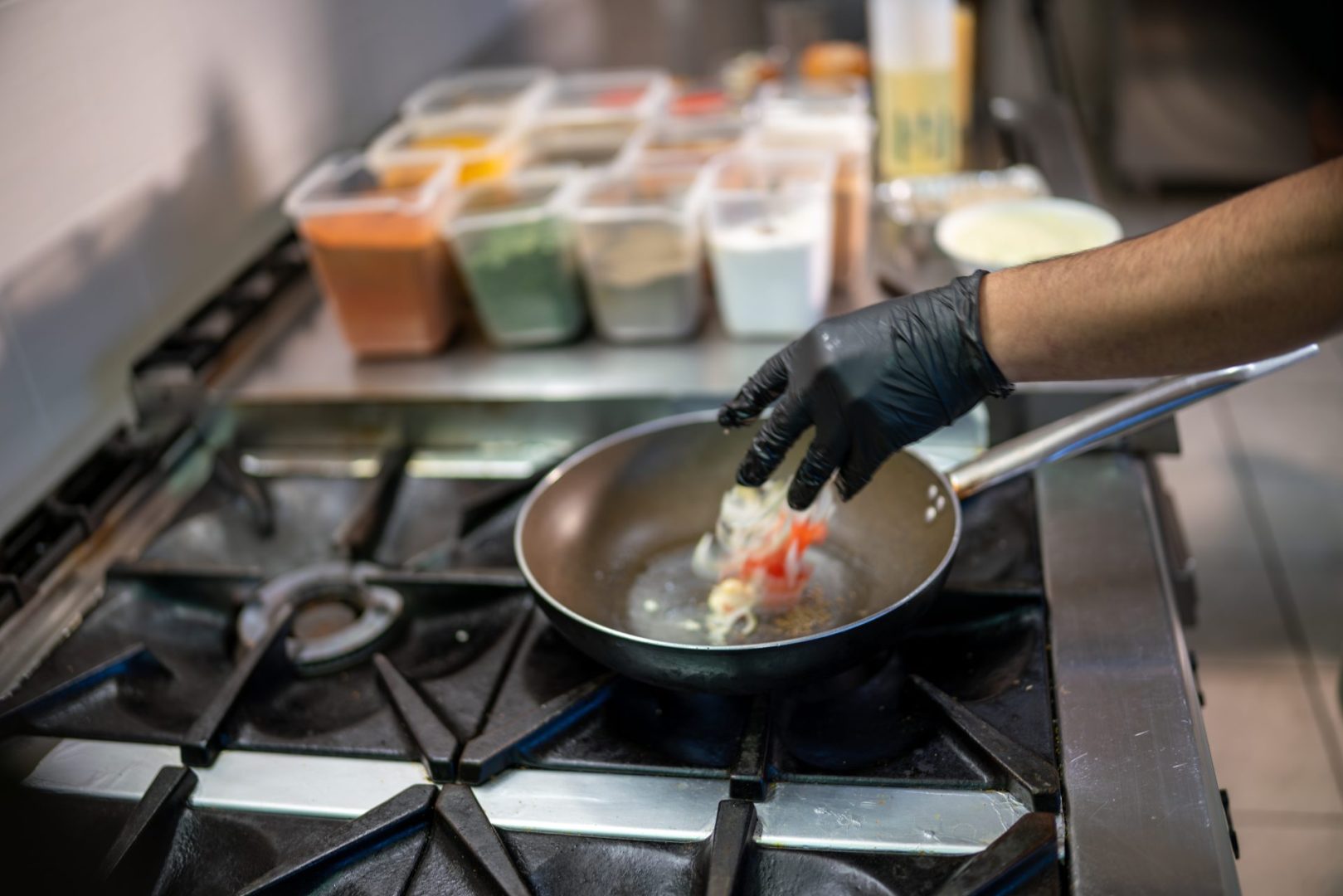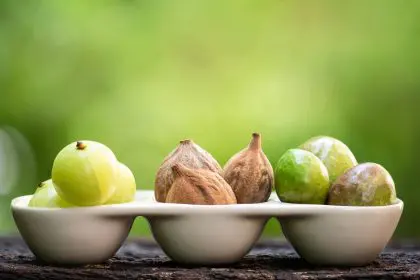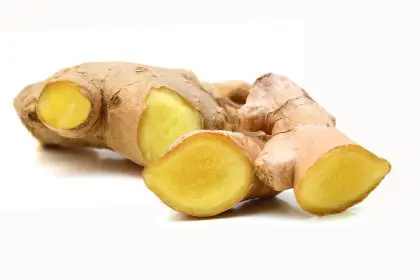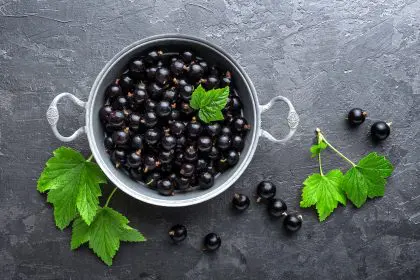For the millions of Americans living with type 2 diabetes, managing the condition often involves more than just medication and lifestyle changes. Recent research suggests that common spices found in most kitchen cabinets might offer surprising benefits for blood sugar control and related symptoms. These natural flavor enhancers could complement traditional diabetes management approaches through various biological mechanisms.
Cinnamon emerges as blood sugar balancer
Cinnamon stands out as perhaps the most studied spice for blood sugar management. This warm, aromatic bark contains compounds that appear to mimic insulin by increasing glucose uptake in cells. The specific bioactive components in cinnamon, particularly cinnamaldehyde and proanthocyanidins, have demonstrated interesting effects on blood sugar levels.
The consumption of cinnamon seems to improve insulin sensitivity, which means the body uses insulin more effectively. Just half a teaspoon daily has shown promising results in some studies. Participants experienced moderate improvements in fasting blood glucose levels after incorporating cinnamon into their diet for several weeks.
Beyond improving insulin resistance, cinnamon appears to slow carbohydrate digestion in the small intestine by inhibiting certain digestive enzymes. This slower digestion prevents the rapid spikes in blood sugar that can be particularly problematic for people with type 2 diabetes.
Adding cinnamon to morning oatmeal, coffee, or yogurt provides a simple way to incorporate this spice daily. For those who prefer a more convenient option, sprinkling cinnamon on apple slices or adding it to smoothies works equally well.
Turmeric reduces inflammation connection
The golden spice turmeric contains curcumin, a compound with powerful anti-inflammatory properties. Since chronic inflammation plays a significant role in insulin resistance and type 2 diabetes progression, addressing this underlying factor can help manage symptoms.
Curcumin appears to decrease the production of inflammatory markers in fat tissue and the liver, two sites crucial for glucose regulation. Additionally, this compound may help protect the insulin-producing beta cells in the pancreas from damage, potentially preserving their function longer.
Fat cells (adipocytes) behave differently when exposed to curcumin, becoming more responsive to insulin signals. This improved cellular response translates to better glucose uptake and utilization throughout the body.
Turmeric pairs wonderfully with eggs, roasted vegetables, and soups. For enhanced absorption, combining turmeric with black pepper and a small amount of healthy fat increases the bioavailability of its beneficial compounds substantially.
Ginger addresses multiple symptom pathways
Ginger root contains gingerols and shogaols that exhibit multiple beneficial effects for people with type 2 diabetes. This pungent spice appears to enhance glucose uptake in muscle cells without requiring insulin, offering a different mechanism for blood sugar management.
Beyond direct effects on blood sugar, ginger shows promise for addressing diabetic complications. Its antioxidant properties help reduce oxidative stress, which contributes to blood vessel damage and nerve problems commonly experienced by people with diabetes.
The digestive benefits of ginger may prove particularly helpful for those experiencing gastroparesis, a delayed stomach emptying condition more prevalent among people with diabetes. By improving digestive function, ginger can help maintain more consistent nutrient absorption and blood sugar levels.
Fresh ginger can be steeped in hot water for a warming tea, grated into stir-fries, or blended into smoothies. For convenience, high-quality ginger powder works well in baking, though with somewhat reduced potency compared to the fresh root.
Fenugreek seeds provide fiber and phytonutrients
Fenugreek seeds, while less common in American kitchens, offer multiple benefits for blood sugar regulation. These small, bitter seeds contain soluble fiber that forms a gel-like substance in the digestive tract, slowing carbohydrate absorption and preventing rapid blood sugar fluctuations.
The amino acid 4-hydroxyisoleucine found in fenugreek appears to stimulate insulin release when blood glucose levels rise. This targeted response helps address post-meal blood sugar spikes without causing problematic lows.
Fenugreek may also help with cholesterol management, addressing the common comorbidity of dyslipidemia in type 2 diabetes. The seeds contain compounds that interfere with cholesterol absorption and synthesis, potentially offering cardiovascular protection.
Soaking and sprouting fenugreek seeds reduces their bitterness, making them more palatable for adding to salads or yogurt. Alternatively, ground fenugreek can be incorporated into spice blends for curries or used to make tea when steeped in hot water.
Cloves provide unexpected glucose benefits
Cloves contain one of the highest antioxidant concentrations among spices, with compounds that may help protect cells from damage caused by elevated blood sugar. The eugenol in cloves shows insulin-like activity in some laboratory studies, helping glucose move from the bloodstream into cells.
This aromatic spice increases the activity of certain enzymes involved in carbohydrate metabolism, potentially improving the body’s ability to process sugars efficiently. Cloves also support liver function, an important factor since the liver plays a central role in glucose storage and release.
Using whole or ground cloves in cooking provides these potential benefits while adding distinctive flavor. They pair particularly well with winter squash, sweet potatoes, and warm beverages – all foods that can be part of a diabetes-friendly diet when properly prepared.
Integrating spices into daily diabetes management
For optimal benefits, consistency matters more than quantity. Regular consumption of these spices, even in modest amounts, appears more effective than occasional larger doses. Incorporating them into daily meals creates sustainable habits that may contribute to better blood sugar management over time.
While spices show promise for easing type 2 diabetes symptoms, they work best when viewed as complementary approaches to standard care. Medication adherence, regular monitoring, physical activity, and appropriate dietary choices remain the foundation of effective diabetes management.
The quality of spices significantly impacts their potential benefits. Fresher spices contain higher levels of active compounds, so replacing old spices regularly and storing them properly in cool, dark places helps preserve their medicinal properties.
For those taking blood thinners or other medications, consulting healthcare providers before significantly increasing spice consumption provides important safety guidance. Some spices, particularly cinnamon and turmeric, may interact with certain medications or affect blood clotting in higher doses.
The broader perspective on nutrition and diabetes
The benefits of these spices extend beyond direct effects on blood sugar. Many contain compounds that support overall metabolic health, potentially addressing multiple facets of type 2 diabetes and its complications.
While incorporating these spices offers a promising approach to symptom management, individual responses vary considerably. Genetic factors, duration of diabetes, current medications, and overall diet all influence how effectively these spices work for any particular person.
For those interested in a more structured approach to using spices therapeutically, keeping a food and symptom journal can help identify patterns and relationships between specific spices and blood sugar readings. This personalized information proves particularly valuable given the biological diversity among people with type 2 diabetes.
The cultural wisdom surrounding these spices deserves acknowledgment, as traditional medicine systems have utilized them for blood sugar management long before modern research confirmed their benefits. This convergence of traditional knowledge and scientific validation highlights the value of exploring time-tested remedies with modern analytical methods.
Food as medicine approach continues gaining traction
The growing interest in food-based approaches to health management represents a significant shift in how we view nutrition. Rather than merely avoiding problematic foods, actively including beneficial ingredients like these spices empowers people with type 2 diabetes to take a more proactive role in their health.
While no single food or spice offers a magical solution for type 2 diabetes, the cumulative effect of multiple small dietary improvements can create meaningful changes in symptom management and quality of life. These everyday spices represent accessible, affordable options for enhancing diabetes care through daily nutrition.

















